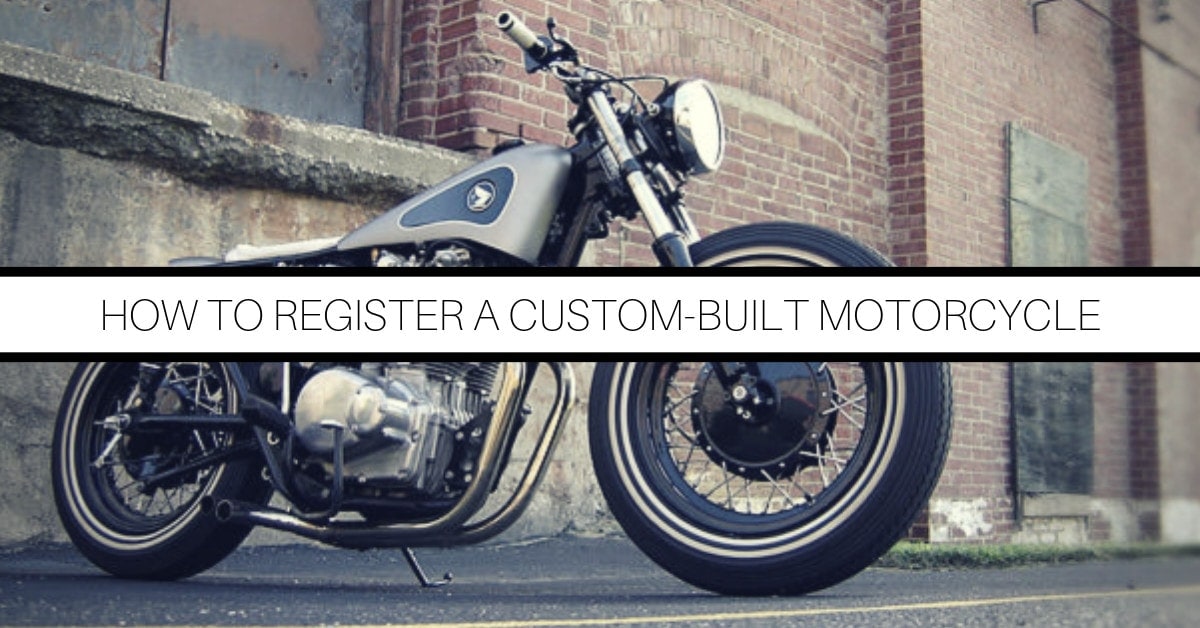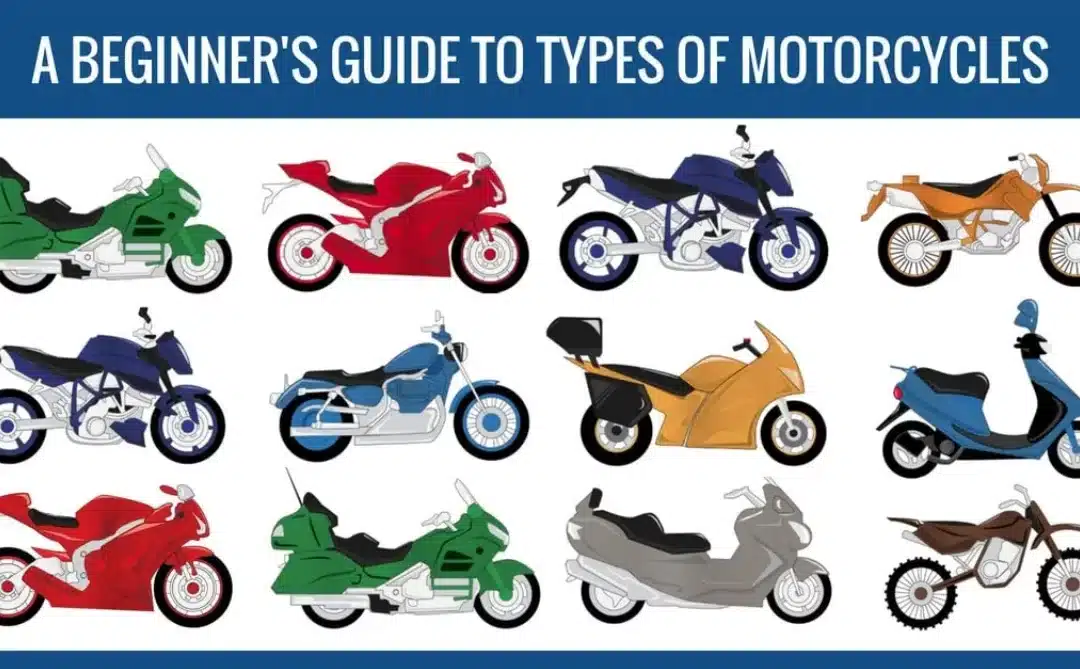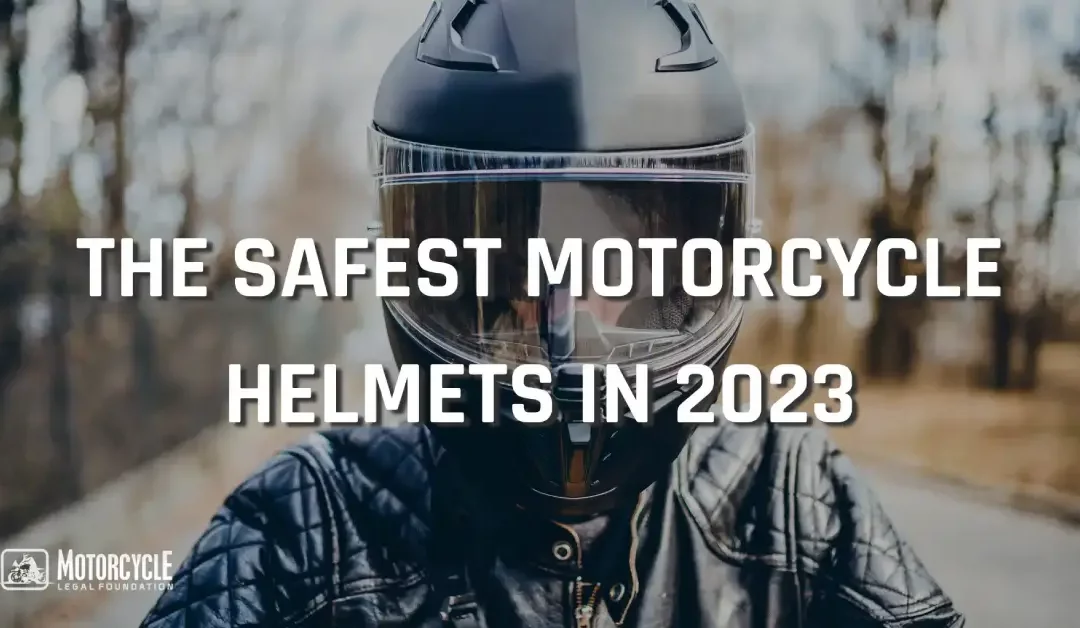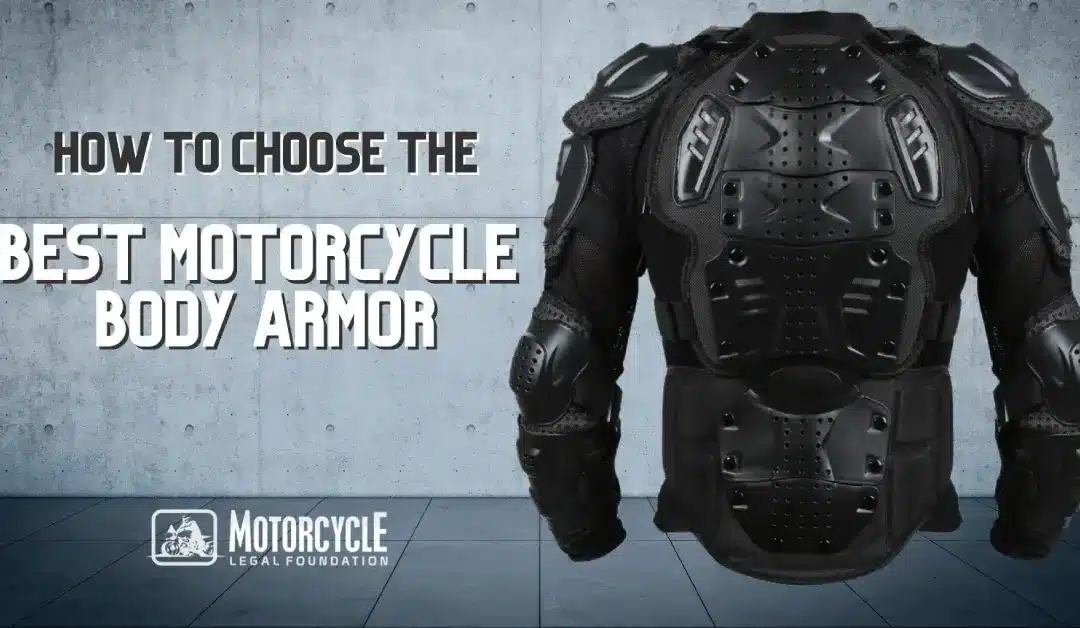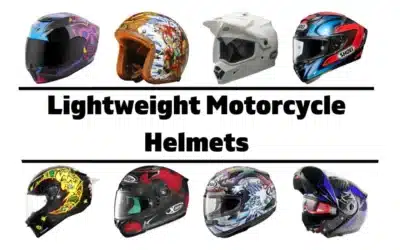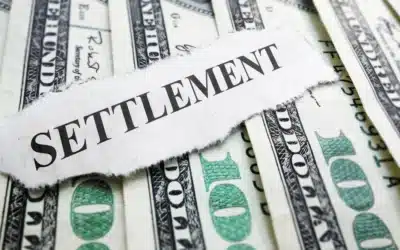You watched those TV shows about building a custom motorcycle, and you’ve spent the last few years in your garage piecing together your dream motorcycle. Once you’ve completed the build, the only step left is to officially register your motorcycle so your masterpiece is road-ready. This process can be a bit tricky for anyone who chooses to build their own motorcycle but doesn’t worry, we’ve got you covered.
Registering Your Motorcycle
Each state in the U.S. varies on what you need to provide to the registration office at the time of registration. According to the California DMV, a custom motorcycle is “built for private use, not for resale, and is not constructed by a licensed manufacturer or remanufacturer.” There are small details that can hold up the process of registering a motorcycle and make it difficult to complete. Here are things you’ll need to make the registration process run smoothly:
Title Of Ownership
If you purchase the frame and/or any engine parts, make sure the vehicle identification number (vin) on the frame or engine block matches the vin listed on the title of ownership. This will allow you to easily transfer the title into your name during registration time.
If You Purchased A Frame Without A Vin:
If you are buying a frame or engine that has no associated VIN, you may get a Manufacturer Statement of Origin (MSO) from the seller instead. This shows that they purchased the component legally but never went to get an official VIN number. You can use that in place of the VIN initially, but you will want to discuss how (and if you need) to get a proper VIN with your local registration office before the time of attempting to register the motorcycle.
If you built your own frame:
If you built your own frame instead of buying one, you won’t have a VIN number or MSO to use as documentation of the origin of the frame. In this case, the registration office can issue you a home built VIN number that will need to be permanently affixed to the frame of the motorcycle. Be sure to discuss the proper location to place the VIN and how it should be affixed to be legal with the registration office. Do this as early in the process as possible, perhaps before you start the building process.
There are cases where you may be buying a (or multiple) salvage motorcycles for parts. They may have been in an accident and totaled by insurance, but have usable parts that can create a new motorcycle. The key detail with this is to have documentation of where every component comes from. Having multiple parts with different titles doesn’t mean you won’t be able to register the new construction. Be sure to check with your local or state registration office on the guidelines required in this case as soon as possible (preferably before you start buying salvaged parts) to ensure you know what the requirements are.
A “home-made, specially constructed, or kit vehicle” is a vehicle that is built for private use, not for resale, and is not constructed by a licensed manufacturer or remanufacturer. These vehicles may be built from a kit, new or used parts, a combination of new and used parts, or a vehicle reported for dismantling (junked) that, when reconstructed, does not resemble the original make of the vehicle that was dismantled.
– California Department of Motor Vehicles
Safety Inspection
Safety is a priority in motorcycling, and having an inspection of your motorcycle’s readiness is going to be worth the extra money spent. When it comes time to get your custom-built motorcycle inspected by a local law enforcement agency to ensure it is road-ready, they will look to make sure that the VIN numbers on your parts match those listed on the Manufacturer’s Certificates of Origin.
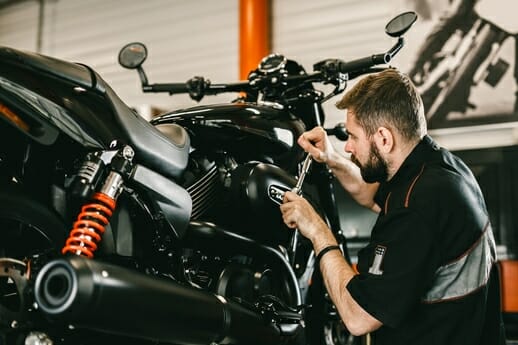
In order to save yourself a headache, make sure you save as much paperwork as possible from the building process. Whether you are constructing a Frankenstein bike out of salvaged parts or building from a kit, make a file and keep all documentation that proves you’re the owner. This includes invoices and bills of sale for all the major components like the engine, frame, body, and transmission.
You may also want to have a local motorcycle shop look over the motorcycle prior to the law enforcement agency doing it. A professional shop may charge a simple inspection fee for the service, and they may have the knowledge of the whole registration process to help you complete your process with ease. Think of it as a mock registration, and they can offer advice of your readiness to complete the process quickly.
Emissions Certification
Your state may or may not require emissions validation on your custom built motorcycle. If there are no emissions validation, there are still most likely certain standards required by law. Be sure to check with your local or state DMV registration office what they guidelines are for emissions and what is required before the registration process. This may include tailpipe exhaust emission and sound level limitations. Ask where you can have the tests completed on your completed motorcycle build in order to obtain the approved emissions certificate.
Builder Title Limitations
Some states limit the number of builder’s titles you can receive per year. If you frequently build custom motorcycles, your state may limit the number of titles that can be applied for in a year’s time. Some have a maximum of six, while others limit it to 10. It varies state to state, so be sure to check how many you are going to be limited to if you plan to build multiple custom motorcycles without registering yourself as a dealership or business.
Have You Been Involved In A Motorcycle Accident?
Our professional legal team screens submissions and assigns cases to some of the best motorcycle lawyers in the US.
A completed Application for Title or Registration.
If you’ve done all your homework and feel you’re ready to start the registration process, make an appointment at your local DMV office. Whether it’s your first time trying to register the motorcycle, or a second attempt, you’ll be required to pay the registration fee. Some DMV offices may have offers granting leniency on the fees if you don’t pass the first time. Be sure to check the exact policies for your local registration office. Beyond all mentioned documents required to attempt to register the motorcycle, you should also have insurance on the motorcycle and be prepared to show that information to the registrar at the DMV office.
All DMV forms you will need are available here. These are specific to California, but are a good representation of what to expect from your local DMV office. You can also search for the website of your state DMV office if you don’t reside in California.
What To Bring To Your Motorcycle Registration Appointment
Be sure to bring the following items to your registration appointment:
- A completed Application for Title or Registration.
- A filled-out Statement of Construction.
- Proof-of-ownership documents, like receipts and bills of sale. Your state may require a notary to review and verify the documents and may also ask for pictures of the motorcycle and components. A motor vehicle bond will be required if proof of ownership cannot be obtained for parts valued at $5,000 or more.
- A vehicle verification done by the California Highway Patrol. Make your DMV registration appointment before scheduling the CHP vehicle verification.
- A smog check certificate completed by a Bureau of Automotive Repair (BAR) Referee Station. Since custom-built motorcycles do not have a year-of-origin designated by a manufacturer, they must be inspected by a BAR.
- Referee Station instead of a regular smog check facility (call (800) 622-7733 for an appointment).
- Official brake and light adjustment certificates. If an official brake and light station that inspects motorcycles is not located within a reasonable distance, the DMV will accept a completed Statement of Facts (REG 256) document from a repair shop attesting that the brakes and lights are in proper working order. (Brake and light certificates are not required for off-highway vehicles.
- Any and all titling, sales tax, and registration fees due.Building your own custom motorcycle is a thrilling experience that you’ll definitely enjoy. The last big hurdle is the registration process, as it involves a lot documentation of your custom build and ownership of each piece on the motorcycle. With a little organization during the build, you can have every piece of documentation needed ahead of time, and be ready to sail right through the registration application and be on the road. Good luck!

